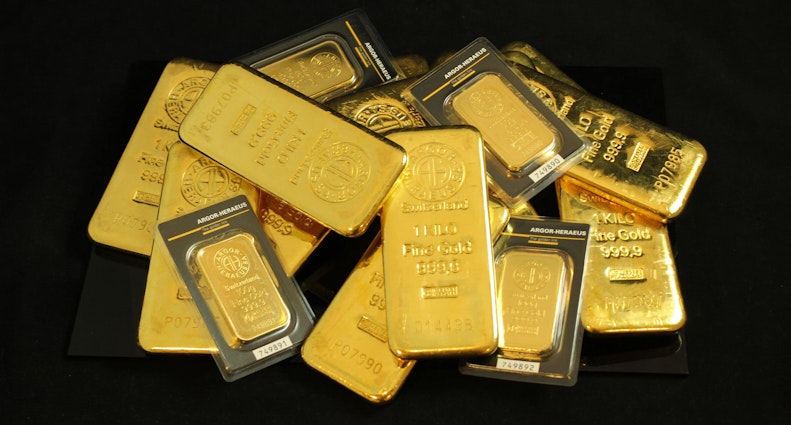The future of gold is digital

The Printers Are Turned Back On
As governments work in tandem with central banks to unleash huge fiscal stimulus packages to support individuals and businesses in the wake of the COVID-19 crisis, we look to the future of gold - the illustrious yellow metal often touted as a hedge against severe geopolitical shocks and inflation, and why we believe blockchain technology will bring back true ownership of physical gold in today’s digital economy.
This requires a brief history of gold, a timeline of its acceptance as a store of value, and its past and present relationship with today’s “fiat” currencies.
When Cash Was Golden
Gold has many sources of demand. It is coveted for use in the manufacture of jewelry and electronics, and is valued by investors across the world as a safe-haven asset in times of uncertainty.
However, gold is not just a commodity for wedding rings, iPhones and investment portfolios. In the past, its scarcity and status as a globally accepted store of value meant that central banks of major economies pegged the value of their currencies to gold.
The Bank of England, for example, was once obligated to always exchange gold for a specified amount of pound sterling. This was known as the ‘gold standard’. After putting this obligation ‘on ice’ during the First World War, it wasn’t until 1931 - when the Great Depression became the catalyst for a budget crisis in the UK and the rapid erosion of the Bank’s FX reserves - that the decision was made to finally abandon the gold standard altogether. The United States Federal Reserve followed suit - albeit temporarily - in 1933.
Fast forward to today, there are no longer any countries using the gold standard, and a new global economic crisis is likely unfolding. However, gold continues to be used as a store of value and is still considered by some to be the purest form of money.

A New Standard
From Ancient Egypt to serving as part of a modern-day investment strategy, gold has been sought after and evolving in both form and utility for centuries. However, ownership of the precious metal has gradually become more and more intertwined with the financial system than ever before. Those who use financial intermediaries to get access to gold are increasingly doing so in a non-physical or heavily intermediated format (think ETPs, futures and certificates).
As a result, true ownership of physical gold has been pushed into a far-reaching place where only those with large capital can access it. The rest who want gold have to settle for products which are increasingly non-physical, or overly reliant on financial institutions. This is problematic, as gold is often seen to derive its value as a hedge against systemic failure.
For gold to remain relevant in a digital economy, and to keep its value as an independent store of value, we believe it requires a digitally disintermediated format.
Combining gold with blockchain technology allows for significant improvements to the status quo, and doubles-down on the characteristics that have made it so attractive for thousands of years. It eliminates issues around the operational complexity and high cost of personal storage whilst at the same time providing direct ownership of gold by cutting loose all unnecessary intermediaries.
Disclaimer
This material has been prepared for informational purposes only. It is not an offer to buy or sell or a solicitation of any offer to buy or sell any security in any jurisdiction where such an offer or solicitation would be illegal. Nothing within this document constitutes (or should be construed as being) investment, legal, tax or other advice. Any reader is strongly recommended to seek independent financial advice in the context of their own unique circumstances.
Predictions, opinions and other information are expressed at the date of publication and are subject to change as circumstances vary. This information has been developed internally and/or obtained from third party sources believed to be reliable; however, no representation or warranty, express or implied, is made as to the accuracy, reliability, or completeness of such information. To the extent permitted by law, we do not accept or assume any liability, responsibility or duty of care for any use of or reliance on this information. Past performance is not a reliable indicator of future performance.


